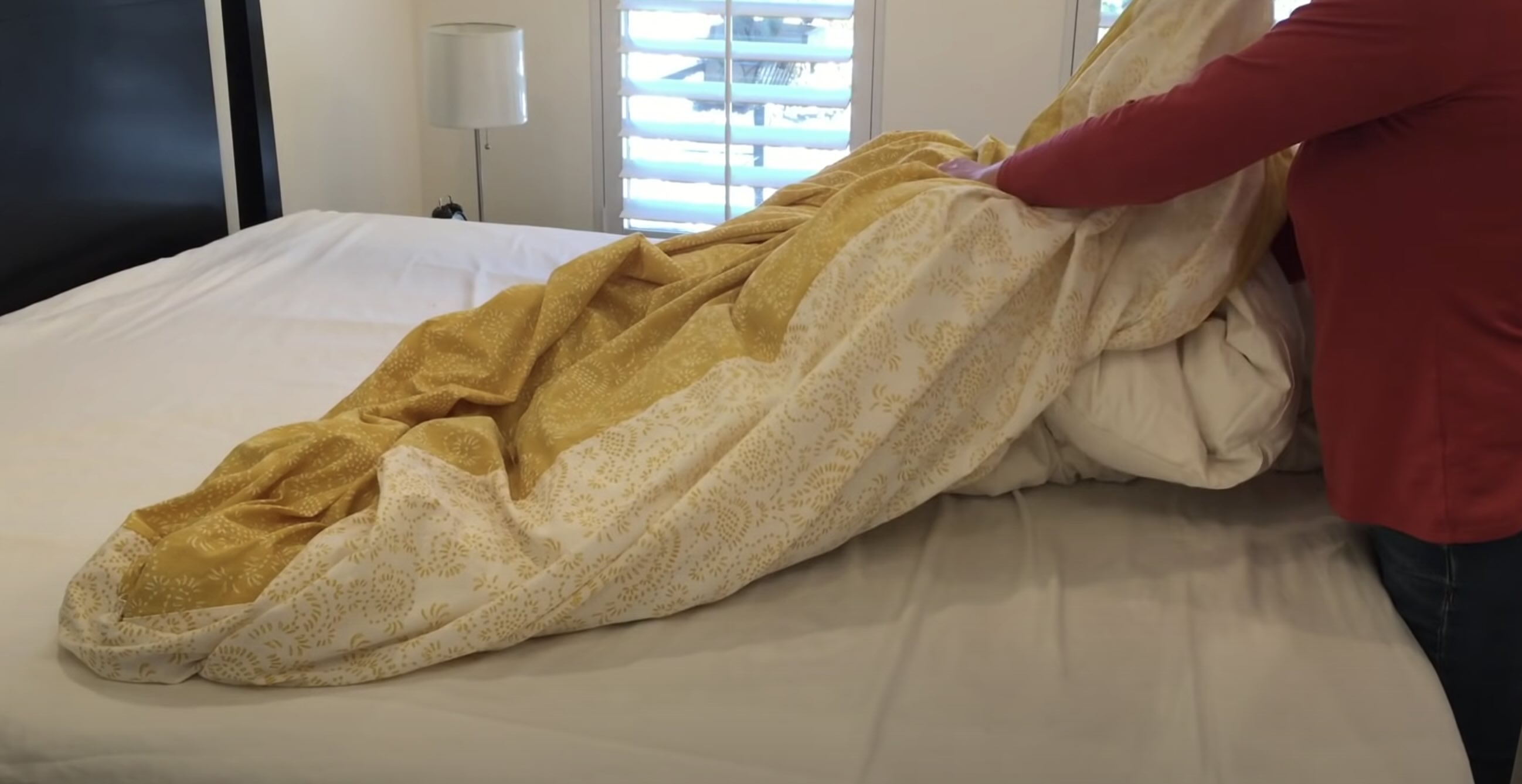

Articles
Why Is My Duvet Cover Bigger Than My Duvet
Modified: February 24, 2024
Discover why your duvet cover is larger than your duvet with these informative articles.
(Many of the links in this article redirect to a specific reviewed product. Your purchase of these products through affiliate links helps to generate commission for Storables.com, at no extra cost. Learn more)
Introduction
Have you ever encountered the frustration of buying a new duvet cover only to find that it is bigger than your duvet? It can be quite baffling and leave you questioning whether you made a mistake in selecting the correct size. In reality, there are various reasons why a duvet cover may be larger than the duvet it is supposed to fit. Understanding these reasons can help you navigate this common issue and find a suitable solution.
A duvet cover is a protective layer that encases your duvet, keeping it clean and adding an aesthetic touch to your bedding. It is typically designed to be slightly larger than the duvet to ensure a snug fit and easy insertion. However, there are instances where the size difference between the duvet cover and the duvet can be more noticeable.
In this article, we will delve into the reasons why a duvet cover might be bigger than the duvet and explore some tips to help you deal with this situation. So, if you’ve ever wondered why your duvet cover seems a bit oversized, keep reading to find out more.
Key Takeaways:
- Embrace the versatility of duvet covers, and don’t fret if it’s slightly larger than your duvet. Tuck, fold, or use clips to create a snug fit and maintain a stylish, comfortable bed setup.
- Understand the reasons behind size discrepancies and utilize practical solutions to address a larger duvet cover. Consider getting a smaller cover, a larger duvet, or simply embrace the extra fabric for a cozy and visually appealing bedding ensemble.
Understanding the concept of duvet covers
Before we dive into why a duvet cover might be larger than the duvet, let’s first establish a clear understanding of what duvet covers are and how they function.
A duvet cover is a removable fabric casing that is designed to enclose and protect a duvet. It is similar to a pillowcase for a pillow, but on a larger scale. Duvet covers typically have a closure, such as buttons or a zipper, to secure the duvet inside.
Duvet covers serve several purposes. Firstly, they provide an additional layer of protection for the duvet, keeping it clean and free from stains. This is especially important as duvets are often difficult to clean and may require professional laundering. With a duvet cover, you can simply remove it and throw it in the washing machine, making maintenance much easier.
Secondly, duvet covers are highly customizable and can be easily changed to match your desired aesthetic. They are available in a wide range of colors, patterns, and fabrics, allowing you to update the look of your bedroom without having to replace the entire duvet.
Furthermore, duvet covers offer versatility in terms of warmth. You can swap out different duvet inserts of varying thicknesses to adjust to the changing seasons. This flexibility makes duvet covers a popular choice for bedding enthusiasts.
Now that we have a clear understanding of what duvet covers are and their purpose, let’s explore the reasons why a duvet cover may be larger than the duvet it is intended to cover.
Reasons for a duvet cover being bigger than the duvet
There are several reasons why you may find that your duvet cover is larger than your duvet. Let’s explore some of the common factors that contribute to this size discrepancy:
- Manufacturer’s standard sizing: Duvet covers are typically manufactured based on standardized sizing guidelines. However, there may be variations in these guidelines among different manufacturers. As a result, some duvet covers may end up being slightly larger or smaller than the standard size.
- Shrinkage after washing: Natural shrinkage is a common occurrence after washing certain fabrics. If your duvet cover is made from a material that has a tendency to shrink, it may become larger in comparison to the duvet after a few rounds of laundering.
- Misinterpretation of duvet size: Mistakes can be made when selecting the correct duvet size. If you mistakenly purchase a smaller duvet than what the duvet cover was designed for, the cover will naturally appear larger in comparison.
- Quality control issues: Although rare, quality control issues during the manufacturing process can sometimes lead to inconsistencies in size. This could result in a duvet cover being larger than the intended size.
- Variations in duvet thickness: Duvets come in different thicknesses, such as lightweight summer duvets and thicker winter duvets. If the duvet you have is thinner or thicker than what the cover was designed for, it can cause a size difference.
- User error in measuring the duvet: When measuring the duvet for purchasing a duvet cover, inaccuracies can occur. If the duvet dimensions are not measured correctly, it could lead to the selection of an inappropriate duvet cover size.
These factors can contribute to the situation where your duvet cover ends up being larger than your duvet. Fortunately, there are some tips and techniques you can employ to deal with this issue, which we will cover in the next section.
Manufacturer’s standard sizing
One of the main reasons why a duvet cover may be larger than your duvet is due to variations in manufacturer’s standard sizing. While there are industry guidelines for duvet cover sizes, different manufacturers may interpret and implement these guidelines differently.
Manufacturers typically produce duvet covers in standard sizes to accommodate the majority of duvets in the market. However, small variations in sizing can occur. Some manufacturers may lean towards the larger end of the size range to ensure a more relaxed fit, while others may stick to the exact measurements.
If you find that your duvet cover is bigger than your duvet due to manufacturer’s sizing, there are a few steps you can take. Firstly, double-check the dimensions of your duvet and compare them to the duvet cover size listed by the manufacturer. If there is a significant difference, you may want to consider reaching out to the manufacturer for clarification or to inquire about possible solutions.
It’s important to note that even with slight variations in sizing, the duvet cover can still provide adequate coverage and functionality. The additional fabric can be tucked or folded neatly around the edges of the duvet to create a clean and snug appearance.
Overall, the variance in manufacturer’s standard sizing is a common occurrence, and understanding it can help you manage your expectations when it comes to the fit of your duvet cover.
Shrinkage after washing
Another reason why you may notice that your duvet cover is larger than your duvet is due to shrinkage that occurs after washing. Certain fabrics have a natural tendency to shrink when exposed to water and heat.
When you launder your duvet cover for the first time, especially if it’s made from materials like cotton or linen, there may be some shrinkage in the fabric. This can cause the duvet cover to become slightly larger in comparison to the duvet.
To minimize shrinkage, it’s essential to follow the care instructions provided by the manufacturer. Be sure to use the appropriate water temperature and avoid excessive drying heat. Additionally, pre-washing the duvet cover before using it can help reduce the likelihood of significant shrinkage.
If you have already experienced shrinkage and find that your duvet cover is larger than your duvet, there are a few solutions you can try. One option is to adjust the fit by tucking or folding the excess fabric around the edges of the duvet. This can create a neat and tailored appearance.
Alternatively, you can explore the possibility of having the duvet cover altered by a professional seamstress. They can resize the cover to better match the dimensions of your duvet.
While shrinkage after washing is a common occurrence, it’s important to note that not all fabrics will shrink significantly. Some materials, like microfiber or synthetic blends, are less prone to shrinkage and may maintain their size and shape better.
By understanding the potential for shrinkage and taking appropriate measures during laundering, you can minimize the size difference between your duvet cover and your duvet.
Misinterpretation of duvet size
Misinterpretation of duvet size is another common reason for a duvet cover being bigger than the duvet it is intended to fit. It’s essential to accurately measure your duvet before purchasing a duvet cover to avoid this situation.
Sometimes, in the process of selecting a duvet cover, there can be confusion or mistakes made in determining the correct duvet size. It’s crucial to understand the dimensions of your particular duvet and match it with the corresponding duvet cover size.
If you find that your duvet cover is larger than your duvet due to misinterpretation of duvet size, there are a few steps you can take to address the issue. Firstly, double-check the size specifications of your duvet and compare them with the duvet cover you have purchased.
If you have mistakenly chosen a duvet cover that is larger than your duvet, you can try adjusting the fit of the cover. Tuck or fold the excess fabric around the edges of the duvet to create a snug and tailored appearance. This not only improves the aesthetic appeal but also helps to prevent the duvet from shifting inside the cover.
In the future, when purchasing a new duvet cover, make sure to carefully read the product descriptions and size specifications provided by the manufacturer. Take accurate measurements of your duvet, considering both the width and length, to ensure a proper fit.
By understanding and avoiding misinterpretation of duvet size, you can select a duvet cover that matches your duvet perfectly and eliminates the issue of the cover being larger than the duvet.
Quality control issues
While rare, quality control issues during the manufacturing process can contribute to a duvet cover being larger than the duvet it is intended to fit. Inconsistent sizing can occur due to errors or flaws in the production line.
Manufacturers typically have quality control measures in place to ensure that their products meet the specified standards. However, mistakes or oversights can occasionally happen, leading to variations in the size of duvet covers.
If you suspect that the size discrepancy between your duvet cover and duvet is due to a quality control issue, there are a few steps you can take. Firstly, reach out to the manufacturer or retailer where you purchased the duvet cover and describe the problem. They may be able to provide a replacement or offer a solution to rectify the issue.
In some cases, the manufacturer may have a specific procedure in place to handle quality control issues. They may ask for evidence of the size difference, such as measurements or photographs, to assess the situation and provide appropriate assistance.
It’s important to communicate your concerns promptly and clearly to the manufacturer or retailer. Keep any receipts or documentation related to your purchase as proof of purchase, which may be needed for warranty or return purposes.
While quality control issues are not common, they do happen. It’s important to address the problem with the manufacturer or retailer to seek a resolution that ensures the duvet cover fits your duvet properly.
Variations in duvet thickness
Another reason why a duvet cover may appear larger than the duvet is due to variations in duvet thickness. Duvets come in a range of thicknesses, from lightweight summer duvets to thicker winter options.
When purchasing a duvet cover, it is typically designed to accommodate the average thickness of duvets in that specific size range. However, if your duvet is significantly thinner or thicker than what the cover was designed for, it can result in a noticeable size difference.
If your duvet is thinner than expected, the excess fabric in the duvet cover might create a looser fit. This can cause the duvet to shift around inside the cover, resulting in an uneven distribution of warmth and potentially affecting your comfort while sleeping.
On the other hand, if your duvet is thicker than what the cover was intended for, it may not fit properly inside the cover. This can cause the duvet cover to appear stretched or strained, impacting both the aesthetics and functionality of the bedding.
To address this issue, you have a few options. If your duvet is thinner than the cover, you can try using duvet clips or fasteners to secure the duvet in place and prevent it from shifting. This will help maintain a more consistent distribution of warmth.
If your duvet is thicker than the cover, it may be necessary to consider purchasing a larger duvet cover or a cover specifically designed for thicker duvets. This will ensure a better fit and eliminate any strain or stretching that may occur.
It’s important to assess the thickness of your duvet and select a cover that is appropriate for its size. By doing so, you can avoid the issue of a duvet cover appearing larger due to variations in duvet thickness.
Check the size of your duvet cover and duvet to ensure they are compatible. If the cover is too big, consider using duvet clips or sewing in some ties to keep the duvet in place.
User error in measuring the duvet
One of the common reasons why a duvet cover may end up being larger than the duvet is due to user error in measuring the duvet. Accurate measurements are crucial when selecting the appropriate duvet cover size.
When measuring your duvet, it’s important to consider both the width and length. If the measurements are not precise, it can result in selecting a duvet cover that is either too big or too small.
Inaccurate measurements can occur for various reasons. It could be a simple oversight or using the wrong measuring tool. Additionally, not accounting for the thickness of the duvet can lead to a size mismatch between the duvet and the cover.
To avoid user error in measuring the duvet, follow these steps:
- Use a tape measure or ruler specifically designed for measuring fabric and ensure it is accurate.
- Lay the duvet flat on a surface and smooth out any wrinkles or creases.
- Measure the width of the duvet from one edge to the opposite edge. Repeat the process for the length, measuring from the top to the bottom.
- If your duvet is significantly thicker than average, consider measuring its maximum thickness and keep that in mind when selecting a duvet cover.
Once you have accurate measurements, refer to the manufacturer’s sizing guidelines and select a duvet cover that closely matches your duvet’s dimensions. It’s important to take into account any variations in sizing due to manufacturer standards or personal preferences for a looser or snugger fit.
If you have already made a measurement error and find that your duvet cover is larger than your duvet, you can try some of the previously mentioned solutions. Tuck or fold the excess fabric to create a neater appearance or consider altering the duvet cover for a better fit.
By taking careful and accurate measurements of your duvet, you can minimize the risk of user error and ensure a better match between your duvet cover and duvet.
Read more: Why Does My Duvet Smell
Tips for dealing with a duvet cover that is larger than the duvet
If you find yourself dealing with a duvet cover that is larger than your duvet, don’t worry – there are several tips and techniques you can use to address this issue and still achieve a comfortable and visually appealing bedding setup:
- Tuck or fold the excess fabric: One of the simplest solutions is to tuck or fold the excess fabric of the duvet cover around the edges of the duvet. This helps create a neater appearance and prevents the duvet from shifting inside the cover.
- Use duvet clips or fasteners: Duvet clips or fasteners can be helpful in keeping the duvet in place within the cover. These small clips or fastening devices can secure the corners or edges of the duvet to prevent it from bunching up or moving around inside the cover.
- Get a smaller duvet cover or a larger duvet: If the size difference between the duvet cover and the duvet is significant and causing inconvenience, you may consider replacing either the duvet cover or the duvet itself. Opting for a smaller duvet cover or a larger duvet can help achieve a better fit.
It’s important to keep in mind that slight variations in size are common, and the additional fabric of a larger duvet cover does not necessarily mean the cover is unusable. With a few adjustments and styling techniques, you can still achieve a cozy and well-made bed.
Remember, the ultimate goal is to create a comfortable and visually pleasing sleep environment. Don’t let the size difference between the duvet cover and the duvet dampen your sleep experience. Instead, embrace these tips and work with what you have to create a beautiful and inviting bed setup.
Tuck or fold the excess fabric
One of the simplest and most effective ways to deal with a duvet cover that is larger than your duvet is to tuck or fold the excess fabric. This method allows you to create a neater appearance and prevent the duvet from shifting inside the cover.
To tuck or fold the excess fabric, start by placing your duvet inside the cover as you normally would. As you lay the duvet flat, take hold of the corners or edges of the duvet cover and tuck them under the duvet. This helps to create a snug fit and keeps the duvet in place.
You can also fold the excess fabric along the edges of the duvet. Start by folding the fabric inward towards the duvet, and then fold it over again to conceal the excess. This folding technique helps to create a more tailored look and prevents the fabric from hanging excessively.
By tucking or folding the excess fabric, you not only improve the overall appearance of the bedding but also ensure that the duvet stays in place throughout the night. This can prevent any discomfort or uneven distribution of warmth that can occur when the duvet shifts inside the cover.
Additionally, tucking or folding the excess fabric gives your bedding a polished and finished look, enhancing the overall aesthetics of your bedroom. It provides a clean and tidy appearance, making your bed more inviting and cozy.
It’s important to note that tucking or folding the excess fabric requires a bit of effort and adjustment, especially if the size difference between the duvet cover and the duvet is significant. However, with a little practice and patience, you can easily master this technique and achieve a well-made bed that looks and feels great.
Remember, tucking or folding the excess fabric is a temporary solution to address the size difference between the duvet cover and the duvet. If the size difference is too noticeable or bothersome, you may want to consider other options, such as getting a smaller duvet cover or a larger duvet, to achieve a more ideal fit.
Use duvet clips or fasteners
If you’re dealing with a duvet cover that is larger than your duvet, using duvet clips or fasteners can be a practical solution to keep the duvet in place and prevent it from shifting inside the cover. These small accessories can secure the corners or edges of the duvet, providing a more secure and snug fit.
Duvet clips or fasteners are usually designed with a clip or clamp mechanism that attaches to the corners or edges of the duvet. They work by holding the duvet in place, preventing it from bunching up or moving around inside the cover while you sleep.
To use duvet clips or fasteners, follow these steps:
- Spread out the duvet cover on your bed, ensuring it is aligned properly.
- Lay the duvet flat on top of the cover, making sure it is centered.
- Attach a duvet clip or fastener to each corner of the duvet cover, securing it tightly onto the corresponding corner of the duvet.
- For additional security, you can also use duvet clips or fasteners along the edges, if necessary.
By using duvet clips or fasteners, you can minimize any movement or shifting of the duvet inside the cover. This keeps the duvet in place and maintains a consistent distribution of warmth throughout the night, enhancing your comfort and sleep quality.
Duvet clips or fasteners are easily available online or at bedding stores and typically come in sets of four or eight. They are reusable and can be used with different duvet covers and duvets.
While duvet clips or fasteners are a practical solution, keep in mind that they may not completely eliminate the size difference between the duvet cover and the duvet. However, they can greatly improve the fit and prevent any excessive movement or discomfort caused by a loose-fitting duvet cover.
Consider using duvet clips or fasteners if you prefer a more secure and snug fit for your duvet cover. They offer an affordable and convenient solution to keep your bedding in place and ensure a peaceful night’s sleep.
Get a smaller duvet cover or a larger duvet
If you find that your duvet cover is significantly larger than your duvet and other solutions are not satisfactory, you may consider getting a smaller duvet cover or a larger duvet to achieve a better fit. This option ensures that your bedding is appropriately sized and provides a more seamless and comfortable sleep experience.
Here are some considerations when deciding between a smaller duvet cover or a larger duvet:
Read more: Which Fork Is Bigger Than A Salad Fork?
1. Smaller Duvet Cover:
If the size difference between the duvet cover and the duvet is relatively small, opting for a smaller duvet cover can be a viable solution. A smaller duvet cover will provide a tighter fit, reducing any excess fabric and giving your bedding a neater and more tailored appearance.
When choosing a smaller duvet cover, make sure to measure your duvet accurately and consult the manufacturer’s sizing guidelines. Consider the desired snugness of the fit and any other factors, such as desired mattress coverage or personal preferences, before making a final decision.
Remember that a smaller duvet cover should still allow for the duvet to fully fill the cover without compressing it too tightly. Proper coverage and the ability to fluff the duvet are essential for achieving optimal comfort and maintaining the duvet’s loft.
2. Larger Duvet:
If the duvet cover is significantly larger and the extra fabric cannot be easily tucked or adjusted, upgrading to a larger duvet might be the better option. A larger duvet will fill out the cover more fully, eliminating the excess fabric and providing a better overall fit.
When selecting a larger duvet, consider the measurements of the duvet cover and how much additional coverage you desire. Keep in mind that a larger duvet may require a larger duvet cover, so ensure that both items are compatible in terms of size and style.
It’s important to strike a balance between the duvet cover and the duvet, ensuring that they are proportionate in size, provide adequate coverage, and allow for ease of movement and fluffing of the duvet.
Ultimately, choosing between a smaller duvet cover or a larger duvet depends on the specific dimensions and requirements of your bedding setup. Consider your personal preferences, the appearance you desire, and the level of comfort you want to achieve.
Before making a purchase, it’s recommended to measure both your duvet and duvet cover accurately, consult size charts, and read product descriptions to ensure a proper fit. If necessary, reach out to the manufacturer or retailer for guidance and assistance in selecting the right size options.
By obtaining a duvet cover and duvet that are better suited in terms of size, you can create a cohesive and comfortable bedding ensemble that meets your needs and enhances your sleep environment.
Conclusion
Encountering a duvet cover that is larger than your duvet can be a frustrating experience, but it is a common issue that can be addressed with some practical solutions. Understanding the reasons behind this size discrepancy and utilizing the right techniques can help you deal with this problem effectively.
Throughout this article, we explored various reasons why a duvet cover may appear larger than the duvet it is intended to fit. These include variations in manufacturer’s standard sizing, shrinkage after washing, misinterpretation of duvet size, quality control issues, variations in duvet thickness, and user error in measuring the duvet.
Despite the size difference, there are several tips for managing a duvet cover that is larger than the duvet. Tucking or folding the excess fabric, using duvet clips or fasteners, or acquiring a smaller duvet cover or a larger duvet are all viable solutions to achieve a better fit and improve the aesthetics and functionality of your bedding.
When dealing with a duvet cover that is larger than your duvet, remember that a slight size difference may not be a significant issue. With proper adjustments and techniques, such as tucking or securing the duvet, you can create a neat appearance and ensure the duvet stays in place while you sleep.
However, if the size difference is more noticeable or bothersome, consider investing in a more appropriately sized duvet cover or duvet. This ensures a better fit and ultimately enhances your sleep experience, both in terms of comfort and visual appeal.
Remember to take accurate measurements, consult size charts, and follow manufacturer’s guidelines when selecting duvet covers or duvets. If in doubt, don’t hesitate to reach out to the manufacturer or retailer for assistance.
In conclusion, while a duvet cover being larger than your duvet can be an inconvenience, it is a solvable issue. By understanding the causes and applying the appropriate strategies, you can effectively deal with this size discrepancy and create a cozy and inviting bed that meets your sleep needs and personal style.
Frequently Asked Questions about Why Is My Duvet Cover Bigger Than My Duvet
Was this page helpful?
At Storables.com, we guarantee accurate and reliable information. Our content, validated by Expert Board Contributors, is crafted following stringent Editorial Policies. We're committed to providing you with well-researched, expert-backed insights for all your informational needs.


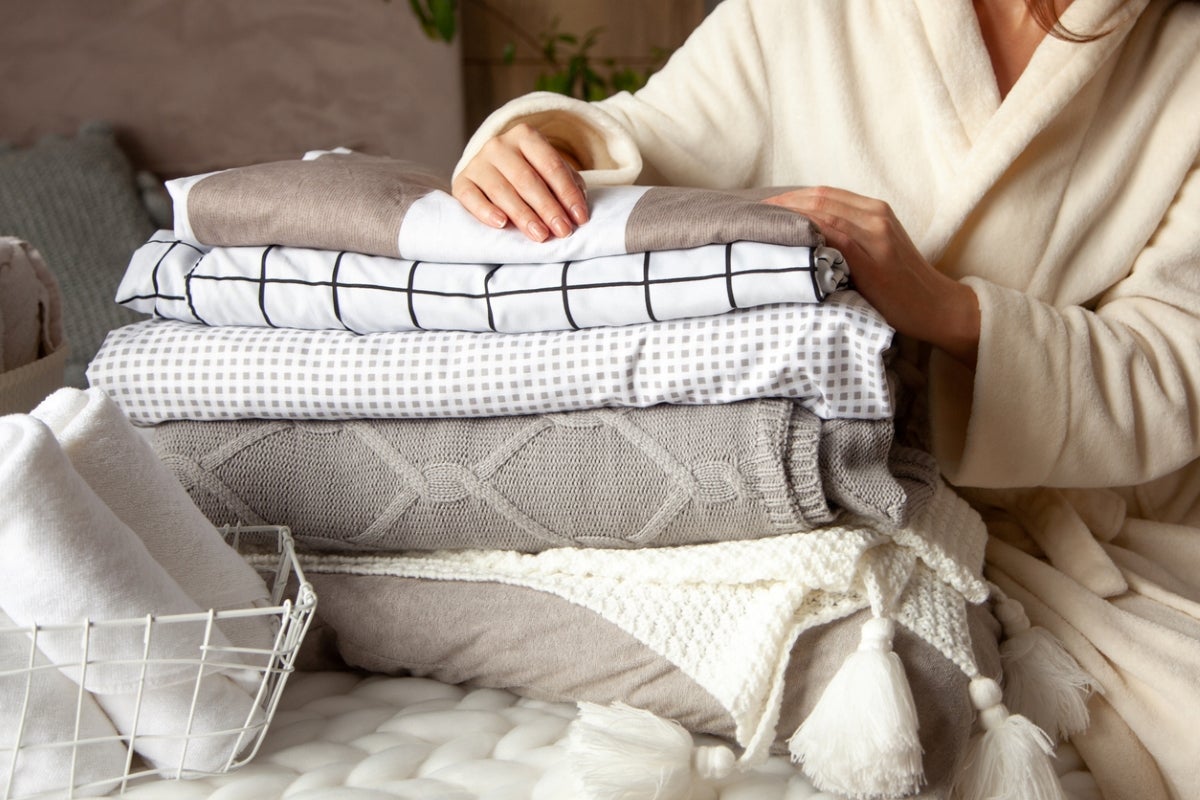

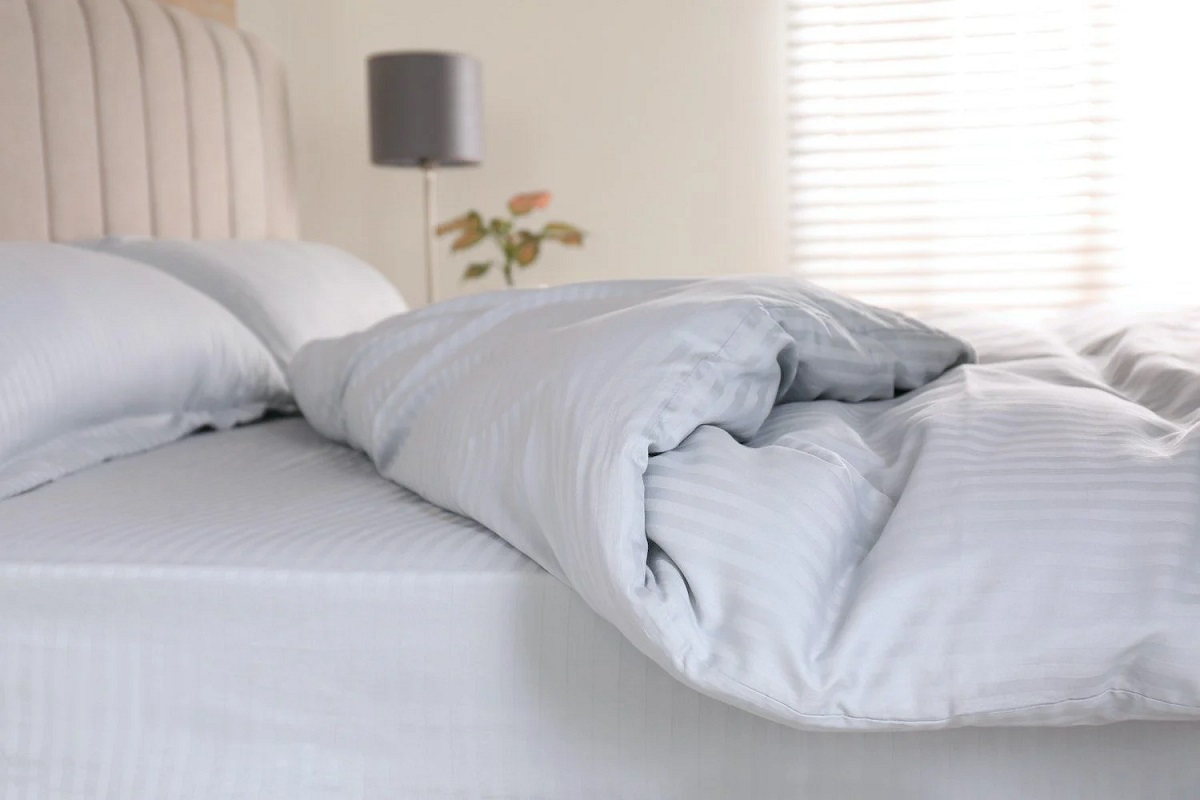
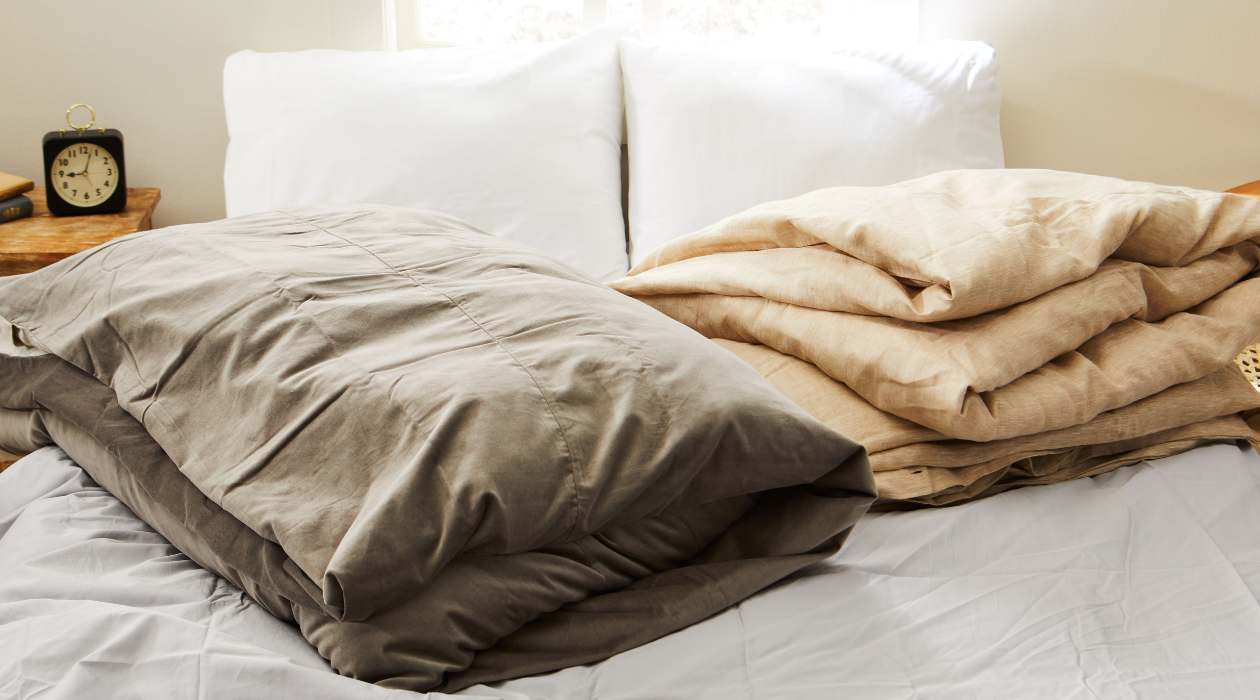
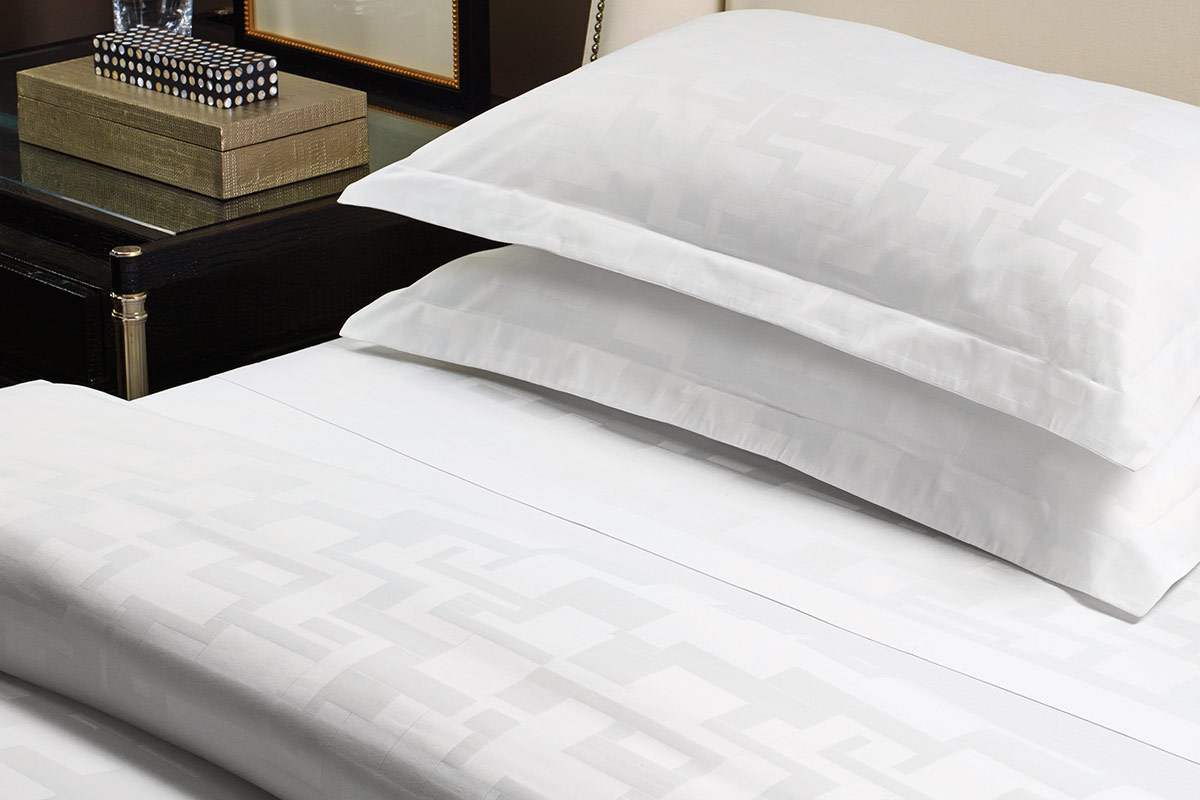
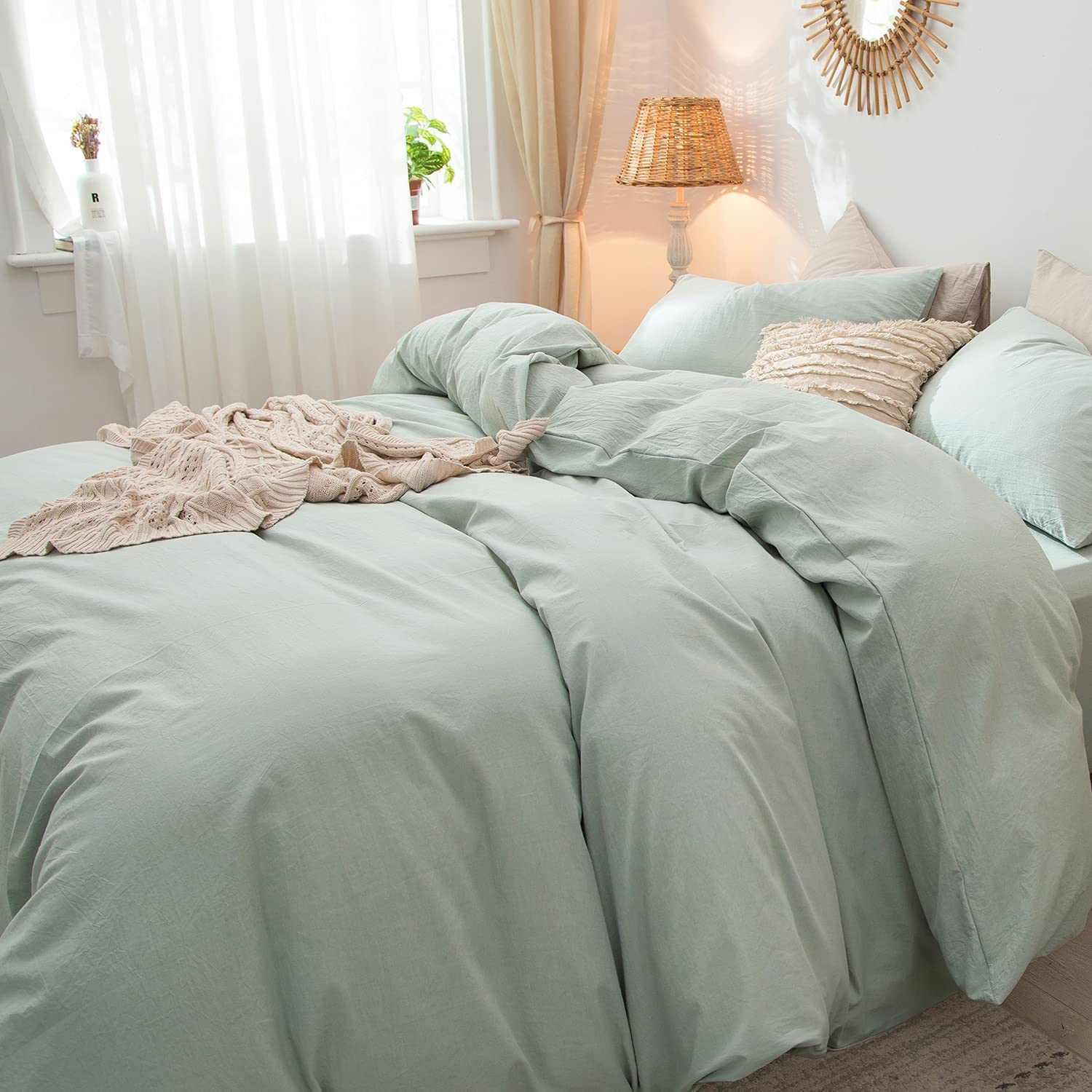

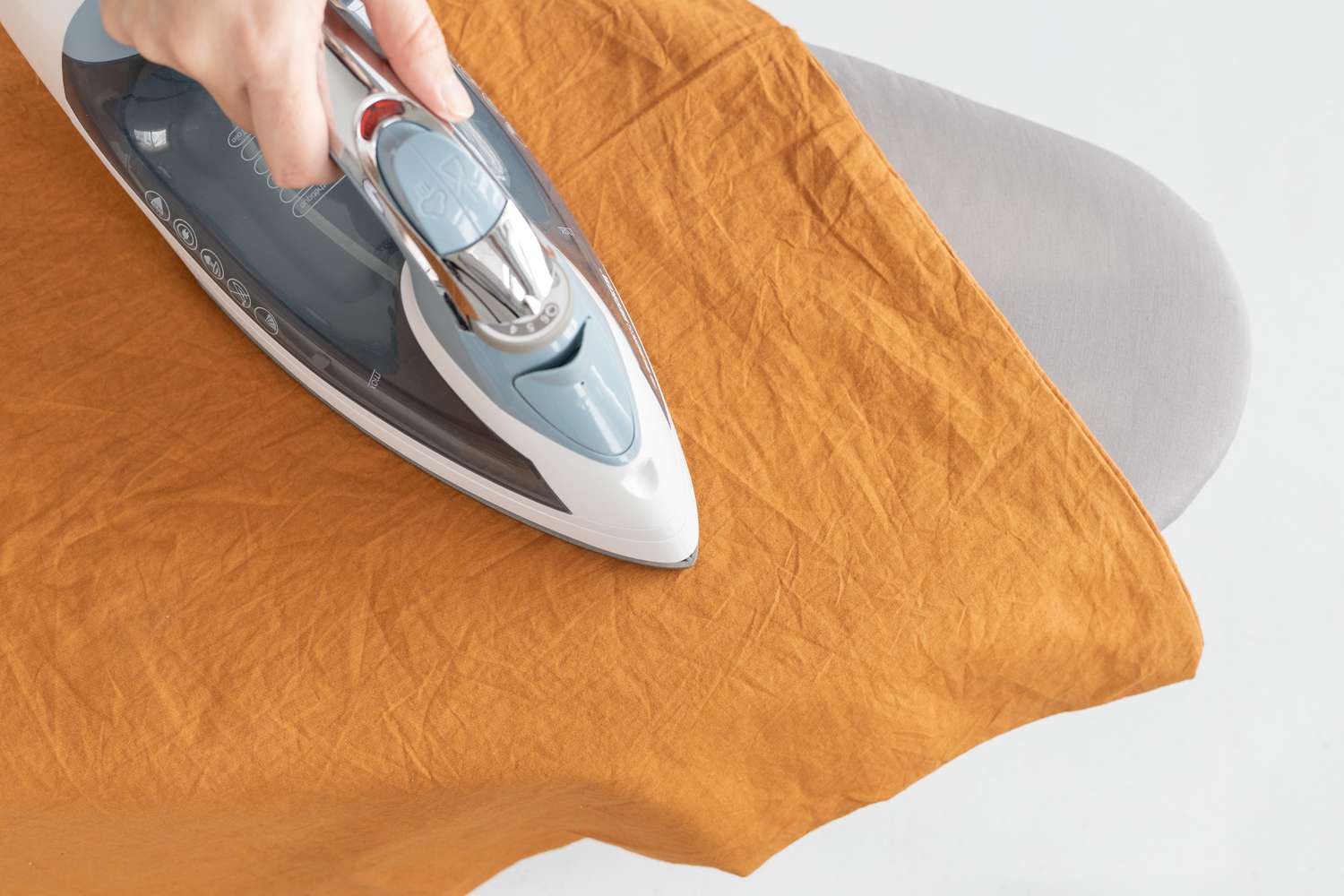
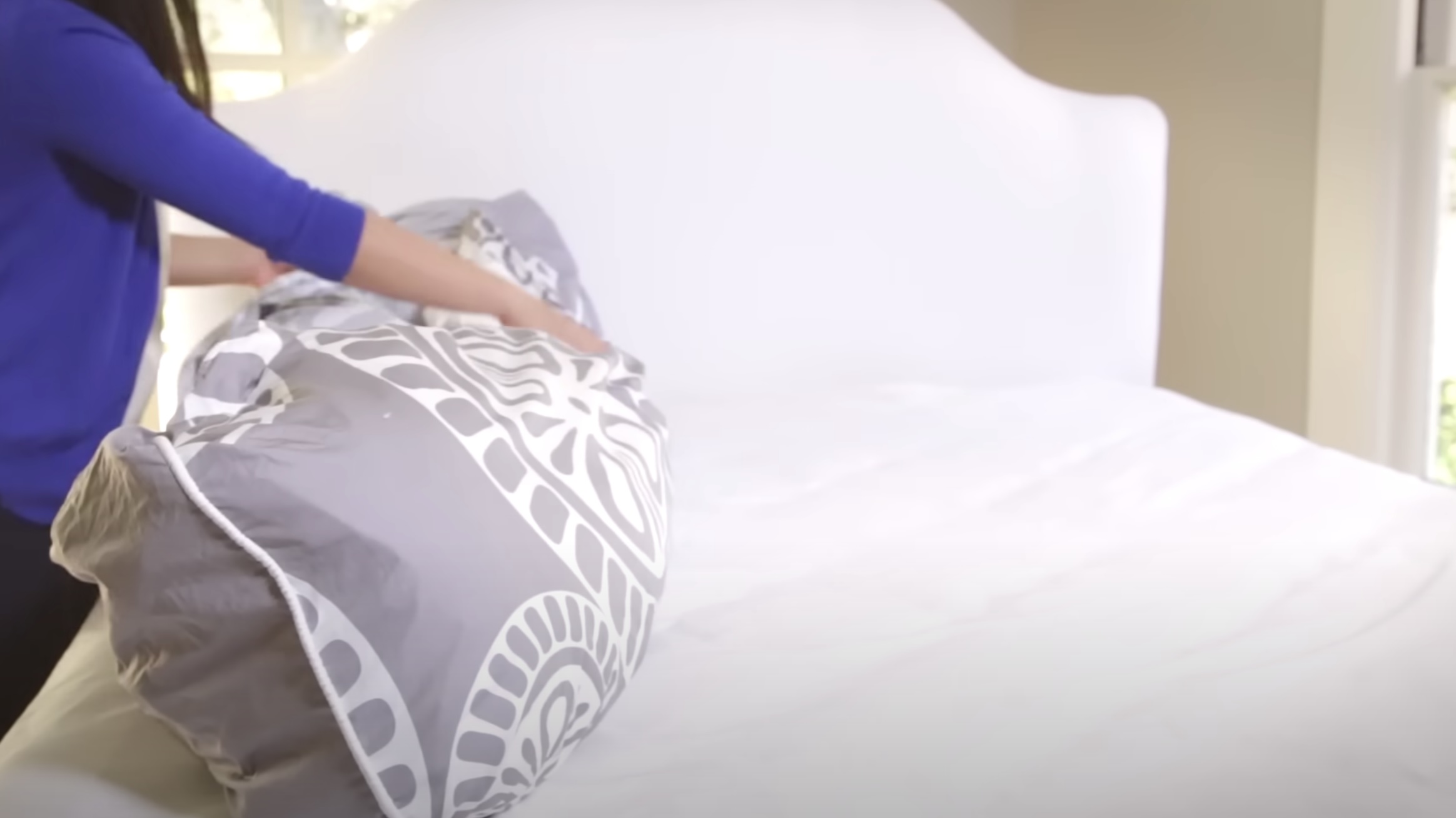


0 thoughts on “Why Is My Duvet Cover Bigger Than My Duvet”